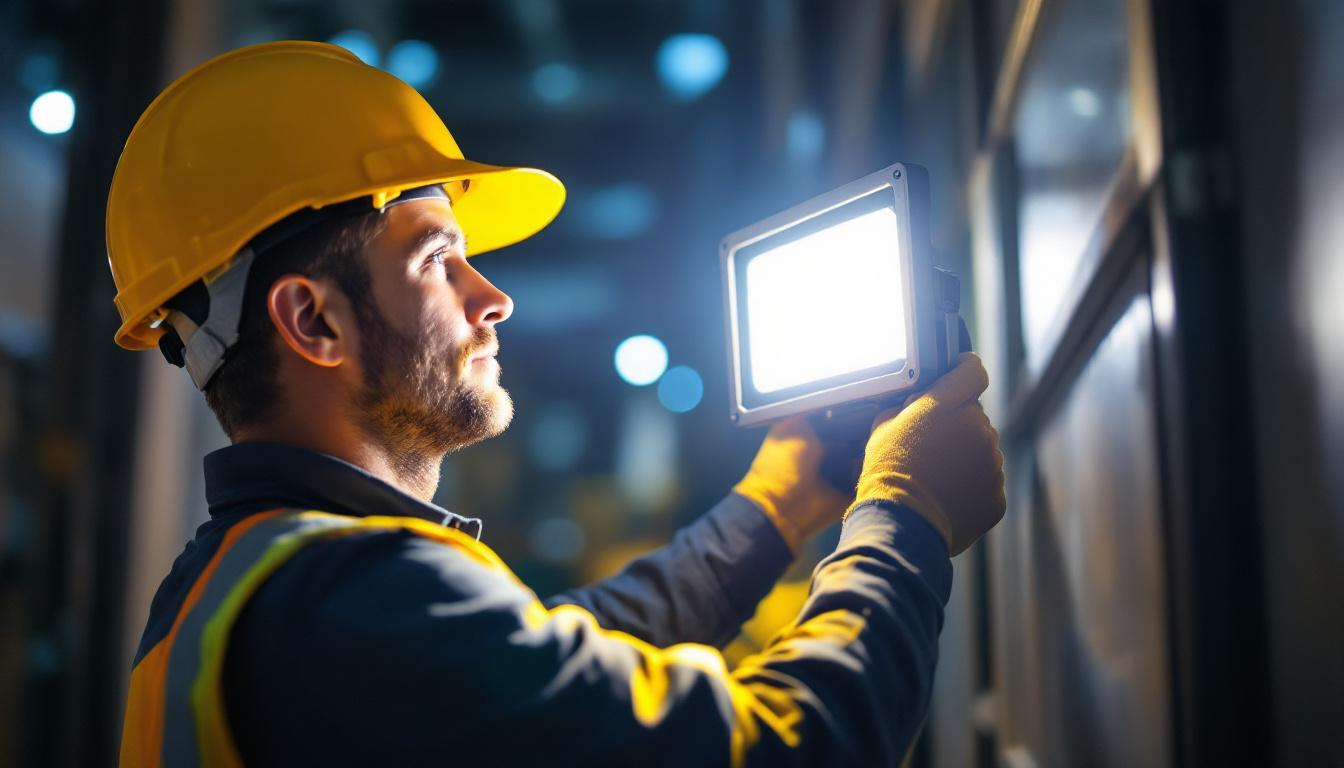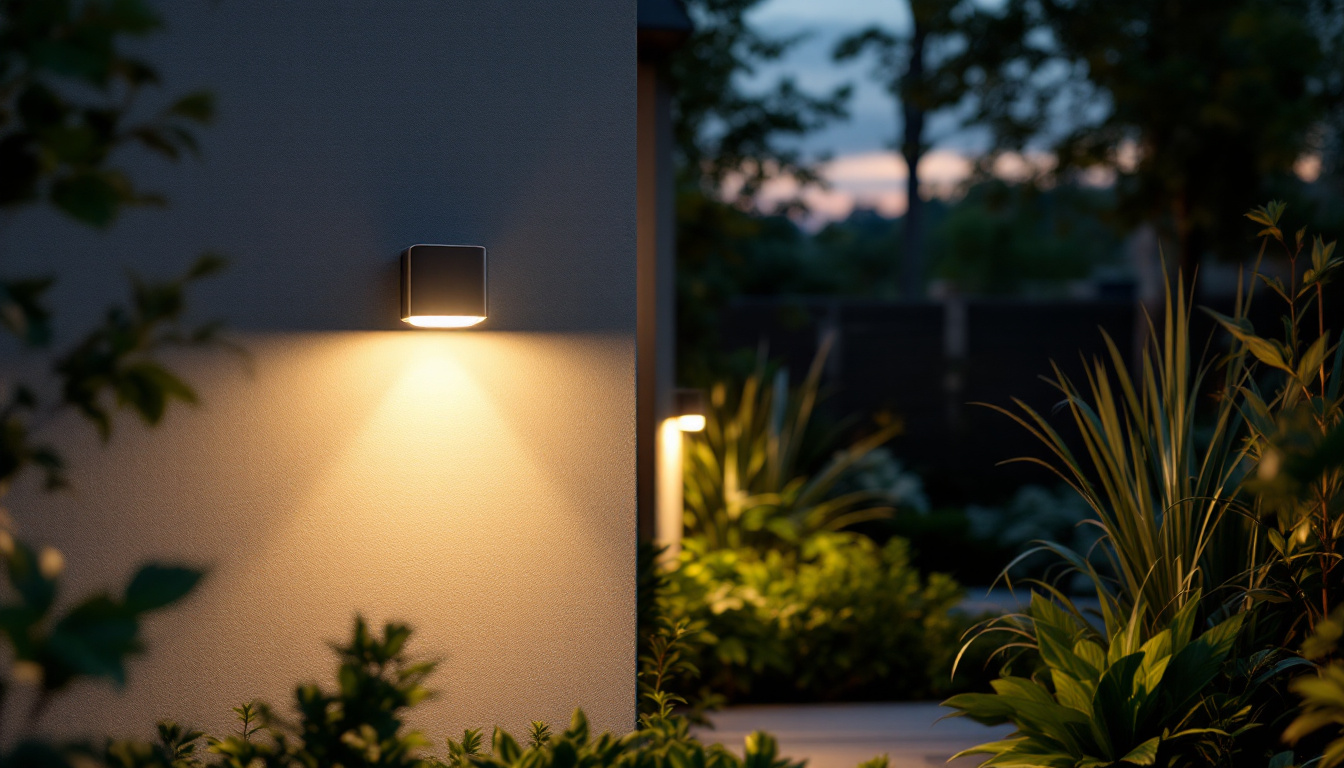
For lighting contractors, the implementation of LED recessed lighting has become a popular choice due to its energy efficiency, longevity, and aesthetic appeal. However, the installation process requires careful planning and execution to ensure optimal results. This article provides a comprehensive checklist for contractors to follow when working with LED 6 recessed lights, ensuring a smooth installation process and satisfied clients.
LED recessed lights, often referred to as can lights or downlights, are fixtures installed into the ceiling, providing a sleek, modern look. They are designed to blend seamlessly with various interior designs while offering effective illumination. Understanding the specific characteristics of LED recessed lights is crucial for any contractor looking to provide quality service.
One of the primary advantages of LED recessed lighting is its energy efficiency. Compared to traditional incandescent bulbs, LEDs consume significantly less power, resulting in lower electricity bills for homeowners. Additionally, LED lights have a longer lifespan, reducing the frequency of replacements and maintenance.
Moreover, LED recessed lights offer versatility in design and functionality. They can be used in various settings, from residential homes to commercial spaces, and can be dimmed or adjusted to create different atmospheres. This adaptability makes them a favored choice among homeowners and designers alike. The ability to customize lighting levels can enhance mood and productivity, making these fixtures ideal for home offices, living rooms, and even retail environments where ambiance plays a crucial role in customer experience.
When selecting LED recessed lights, contractors should be aware of the different types available. Options include adjustable, fixed, and wall-wash recessed lights, each serving specific purposes. Adjustable lights can be tilted to highlight artwork or architectural features, while fixed lights provide direct illumination. Wall-wash lights are designed to cast light evenly across walls, enhancing the overall ambiance of a space.
Understanding the specific needs of a project will help contractors choose the right type of recessed lighting. This knowledge is essential for meeting client expectations and achieving desired lighting effects. Additionally, contractors should consider the color temperature of the LEDs, which can range from warm white to cool daylight. The choice of color temperature can significantly influence the mood of a room; for instance, warmer tones are often preferred in living areas for a cozy feel, while cooler tones may be more suitable for workspaces where clarity and focus are paramount. Furthermore, the integration of smart technology with LED recessed lighting allows for advanced control options, such as scheduling and remote operation, which can add significant value to modern installations.
Before beginning the installation process, several pre-installation considerations must be addressed. These factors can significantly impact the success of the project and the satisfaction of the client.
Conducting a thorough assessment of the space where the recessed lights will be installed is crucial. This includes evaluating the ceiling height, existing electrical systems, and the overall layout of the room. Understanding these elements will help determine the appropriate placement and number of fixtures needed.
Additionally, consider the purpose of the space. For example, a kitchen may require brighter lighting for cooking tasks, while a living room may benefit from softer, ambient lighting. Tailoring the lighting design to the specific needs of each room will enhance functionality and aesthetics.
Selecting the right LED recessed fixtures is a critical step in the installation process. Contractors should consider factors such as wattage, color temperature, and beam angle. The wattage will determine the brightness of the light, while the color temperature affects the ambiance. For instance, a warm white (around 2700K) creates a cozy atmosphere, while a cool white (around 4000K) is more energizing and suitable for task-oriented spaces.
Beam angle is another important consideration. A narrow beam angle is ideal for highlighting specific areas, while a wider beam angle provides general illumination. Understanding these specifications will help contractors make informed decisions that align with the client’s vision.
Once pre-installation considerations have been addressed, contractors can move on to the actual installation process. Following a detailed checklist can help ensure that no steps are overlooked, resulting in a successful installation.
Before starting the installation, it is essential to gather all necessary tools and materials. This includes LED recessed fixtures, a drill, wire connectors, a voltage tester, a saw for cutting ceiling holes, and safety equipment such as goggles and gloves. Having everything on hand will streamline the process and minimize disruptions.
Safety should always be a top priority during installation. Before beginning work, ensure that the power to the circuit is turned off at the breaker box. Use a voltage tester to confirm that no electricity is flowing to the existing fixtures. This precaution will help prevent electrical shocks and ensure a safe working environment.
Additionally, contractors should be aware of local electrical codes and regulations. Compliance with these standards is essential for ensuring the safety and legality of the installation.
Using the appropriate tools, carefully cut holes in the ceiling for the recessed fixtures. It is important to measure and mark the locations accurately to ensure even spacing and alignment. A template can be helpful in achieving consistent hole sizes and placements.
When cutting, be mindful of any existing wiring or plumbing in the ceiling. Avoid damaging these elements, as this can lead to costly repairs and delays. Taking the time to plan and execute this step carefully will pay off in the long run.
Once the holes have been cut, the next step involves wiring the LED recessed fixtures. This process requires attention to detail and adherence to safety protocols.
Begin by pulling the electrical wires through the holes. Typically, this will involve connecting the black (hot), white (neutral), and green or bare (ground) wires. Use wire connectors to securely join the wires, ensuring that there are no exposed ends that could lead to short circuits.
It is advisable to follow the manufacturer’s instructions for specific wiring configurations, as different fixtures may have unique requirements. Double-checking connections before proceeding will help avoid issues during the testing phase.
After the wiring is complete, secure the LED recessed fixtures in place. Most fixtures come with clips or brackets designed to hold them firmly against the ceiling. Ensure that each fixture is installed level and flush with the ceiling surface for a polished appearance.
Take care to avoid pinching wires during this process, as this can lead to electrical failures. A thorough inspection of the installation will help identify any potential issues before moving forward.
Once all fixtures are installed, it is time to test the installation to ensure everything is functioning correctly. This step is crucial for identifying any problems before the project is completed.
Restore power to the circuit at the breaker box and turn on the lights. Observe each fixture to ensure they illuminate properly. If any lights do not turn on, it may indicate a wiring issue or a faulty fixture that requires further investigation.
It is also beneficial to check for any flickering or dimming, as these can be signs of underlying electrical problems. Addressing these issues promptly will help maintain the integrity of the installation and ensure client satisfaction.
If necessary, make any final adjustments to the fixtures. This may include tilting adjustable lights to highlight specific areas or repositioning fixtures for better overall illumination. Taking the time to fine-tune the lighting will enhance the final result and demonstrate a commitment to quality workmanship.
After the installation is complete, there are several post-installation considerations that contractors should keep in mind. These steps can help ensure lasting satisfaction for clients and pave the way for future referrals.
Once the installation is finished, it is important to clean up the work area. Remove any debris, tools, and materials used during the installation. A tidy workspace not only reflects professionalism but also ensures the safety of the homeowners.
Additionally, contractors should inspect the surrounding areas for any dust or residue that may have accumulated during the installation process. A clean finish will leave a positive impression on clients and enhance their overall experience.
Educating clients about their new LED recessed lighting is a valuable post-installation step. Explain the benefits of LED technology, including energy savings and longevity. Provide guidance on how to operate any dimmers or smart controls that may have been installed.
Offering maintenance tips, such as how to clean the fixtures and when to replace bulbs, can also be helpful. Empowering clients with knowledge will enhance their satisfaction and encourage them to reach out for future projects.
Installing LED 6 recessed lights can significantly enhance the aesthetic and functional qualities of a space. By following this comprehensive checklist, lighting contractors can ensure a smooth installation process, resulting in satisfied clients and successful projects. From understanding the benefits of LED technology to executing a detailed installation, each step plays a crucial role in achieving optimal results.
As the demand for energy-efficient lighting continues to grow, staying informed about the latest trends and best practices in LED recessed lighting will position contractors for success in the ever-evolving lighting industry. Embracing these practices not only benefits clients but also enhances the contractor’s reputation as a knowledgeable and reliable professional.
Ready to elevate your lighting projects with the best LED 6 recessed lights on the market? Look no further than LumenWholesale for all your lighting needs. Our commitment to quality and affordability ensures that you can provide your clients with top-notch, spec-grade lighting without breaking the bank. Say goodbye to local distributor markups and hello to our unbeatable wholesale prices, free shipping, and the convenience of bulk buying. Don’t compromise on quality or value; choose LumenWholesale for Wholesale Lighting at the Best Value and make your next project shine.

Discover how lighting contractors are transforming spaces with innovative utility lighting solutions.

Discover essential hacks for smart lighting contractors using 400W LED Floodlights.

Explore the transformative journey of outdoor sensor lights and their impact on the lighting industry.

Discover the top strategies lighting contractors use to enhance spaces with wall sconces.